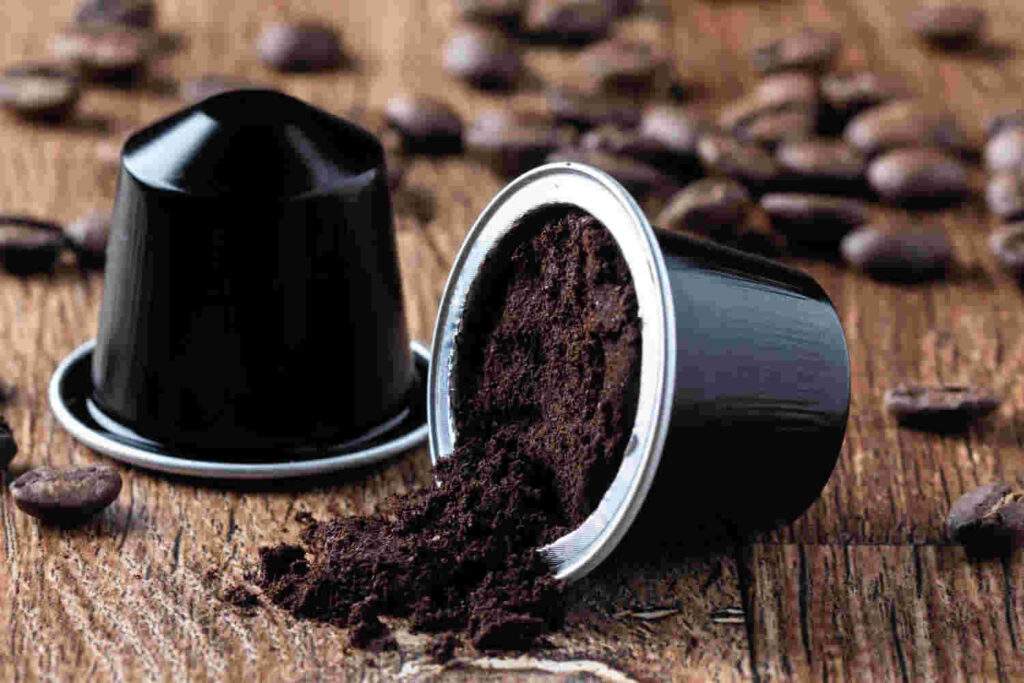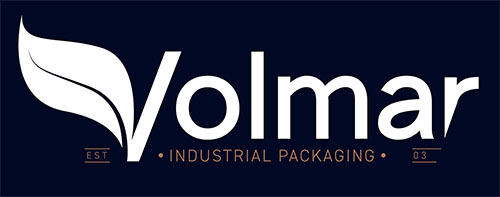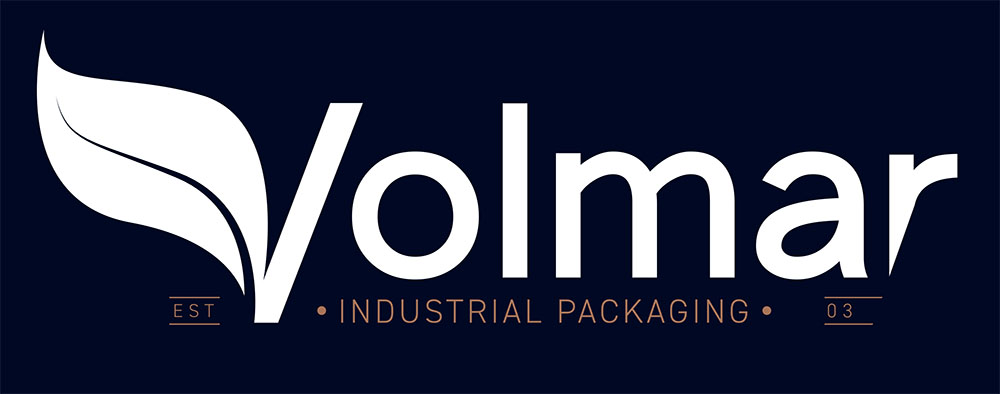
Coffee pod packaging is a complex type of packaging as it must ensure an optimal barrier effect while at the same time having an attractive look to enhance the product marketing. That is why choosing single-serve coffee pod packaging is important and should be considered carefully.
Of course, the main aspect is still the functionality of the coffee pod packaging because we need to ensure that the product is preserved perfectly. However, as we will see, it is essential to identify the right packaging that will provide an adequate basis for the external design on the container, too.
Coffee pod packaging: what is it?
Single-serve coffee packaging in pods consists of two main elements. The first is the inner capsule, consisting of an aluminum film and inner container or cup, which is generally made from aluminum or plastic, or filter paper. A specific quantity of ground coffee – usually between 5 and 6 grams – is inserted into it.
The film is heat-sealed to the container to give it a hermetic seal and fully protect and preserve the coffee. The outer packaging, on the other hand, needs to present the product in an attractive light, so it is essential to pay close attention to the design of the coffee pods’ outer packaging.
Types and characteristics
The main characteristic of coffee pod packaging is the barrier effect, to ensure that the product maintains its fragrance and freshness after it has been packaged. You can only present a quality product to the market if it offers maximum protection, maintaining its value until the consumer puts the pod into the coffee machine.
The packaging must protect the product against a series of external agents and atmospheric factors like solar radiation and humidity, as well as prevent gases from getting inside the packaging. Similarly, coffee pod packaging must protect the product’s organoleptic properties, preventing leakage or a reduction of the coffee’s quality, aroma and taste.
An effective type of packaging in this case is vacuum-sealed packaging, made from a plastic film often combined with aluminum, for example. While the plastic film provides an excellent barrier to the outside, the aluminum insulates the product well, to preserve it properly for the whole period between production and consumption.
For vacuum-sealed packaging for coffee pods, the best option is a plastic film on a roll, which is a low-cost packaging solution that allows for fast processes, a wide range of formats and customization of the graphics on the outside. A more sustainable alternative is a biofilm, which is a more environmentally friendly material than a traditional laminated film.
Coffee pod packaging: which to choose?
When choosing coffee pod packaging, it is important to assess various factors, like the level of protection of the product, its suitability for customizing the graphics and its sustainability. The most widely used and efficient packaging is laminated film, made from aluminum and thermoformed materials. The main advantage of this is the optimal barrier effect with high performance in terms of product preservation and protection.
The most eco-friendly options are polyethylene and especially bioplastics like PLA (polylactic acid), produced using natural plant materials like sugar cane, corn and beet. This material allows you to create biodegradable and compostable packaging that decomposes quickly after use and disposal.
The decision depends on the type of performance you want to achieve, the product you are selling on the market and your chosen distribution channels. For example, if your priority is the barrier effect, laminated film is definitely the best option, but it is still hard to recycle. For organic coffee pods, on the other hand, the most suitable solution might be more eco-friendly packaging made from polyethylene or PLA.
Custom coffee packaging
To sell customized coffee pods and capsules, you need the right packaging, made from materials that simplify the creation of the artwork for your packaging and enhance the design. This is particularly important for the outer box, which is more flexible than the inner packaging and can be customized to make the packaging more appealing and convey the product’s identity.
An excellent solution for custom coffee packaging is paper pouches, bags or packaging, which lend themselves well to the creation of bespoke graphics with personalized colors, text and designs. You can also enhance the packaging with a series of additional elements, like valves, zips and sliders, for unique and original packaging that reflects your brand values and the type of product.

